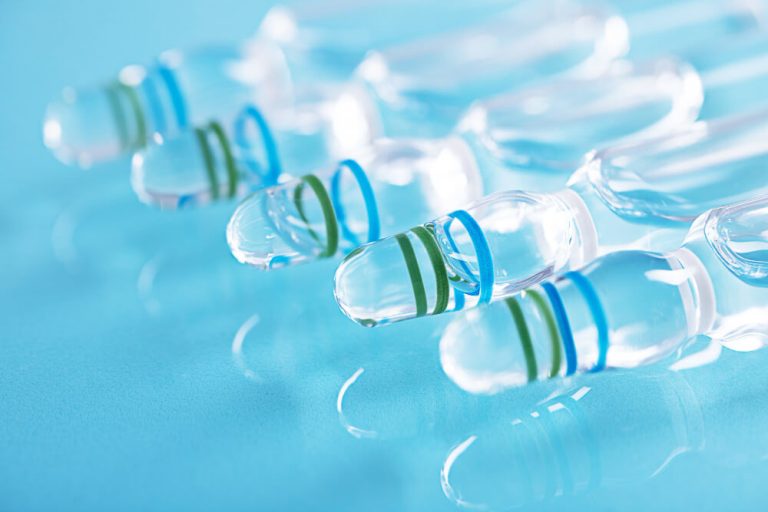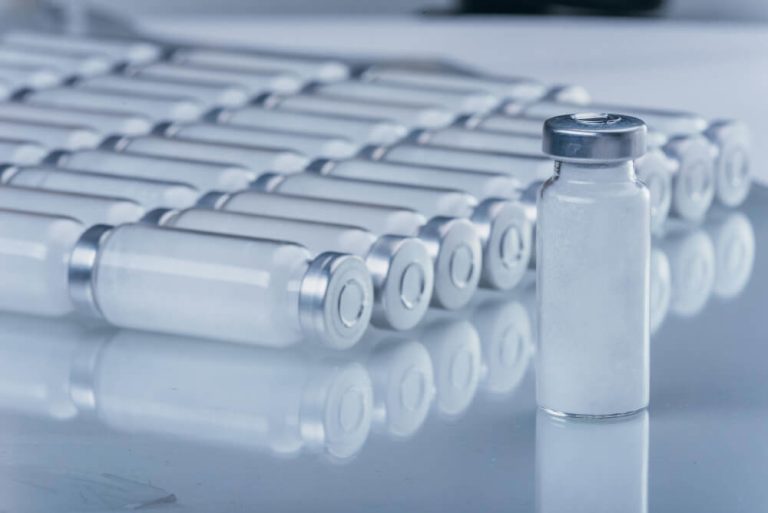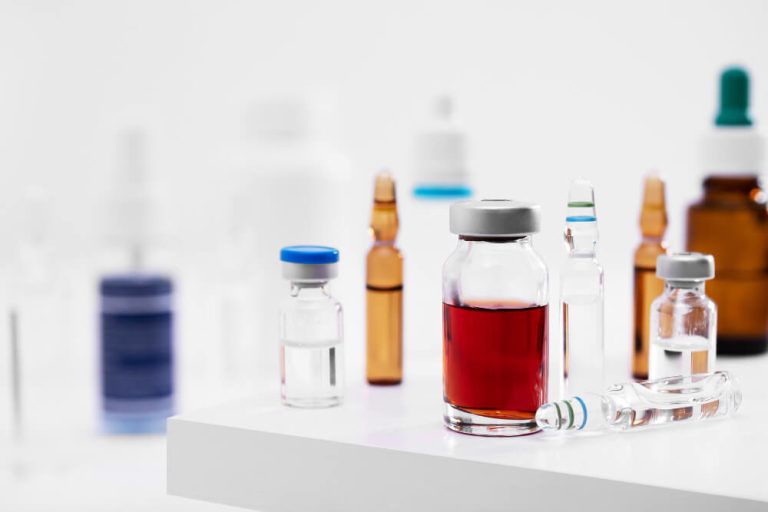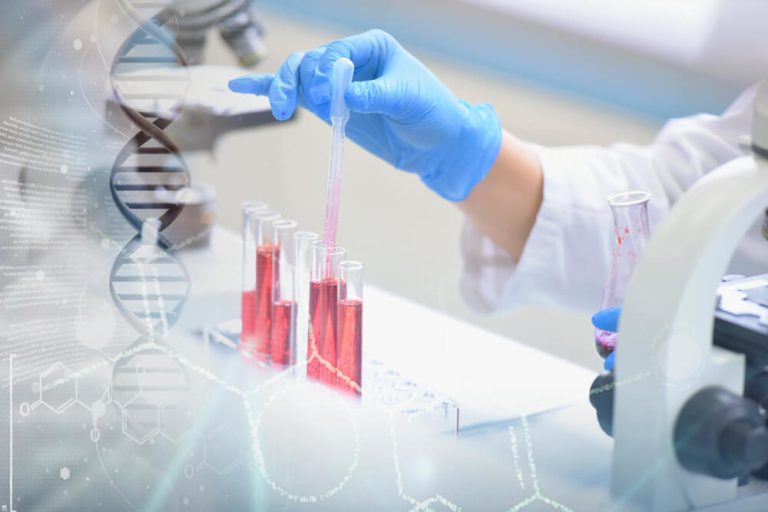Andropause Training: Your Ultimate Guide to Thriving in Midlife
For many men, hitting their 40s and 50s brings a subtle yet undeniable shift. The energy that once seemed boundless begins to wane, replaced by a persistent fatigue. Building muscle becomes a tougher battle, while stubborn belly fat seems to appear overnight. These changes are not just in your head; they are often the first signs of a significant biological transition known as andropause.
This phase, often called ‘male menopause’, marks a gradual decline in key hormones, most notably testosterone. Understanding this process is the first step toward taking control and not just surviving, but thriving through these years. It requires a strategic and informed approach, a dedicated plan that addresses the unique physiological changes your body is undergoing. This is the core principle behind effective Andropause training, a comprehensive strategy designed to optimize your health, vitality, and well-being during midlife and beyond.
Embracing this journey means moving beyond outdated ideas of aging and adopting a proactive mindset. It involves learning how to leverage exercise, nutrition, and lifestyle modifications to work with your body, not against it. With the right knowledge and tools, you can mitigate the unwanted symptoms of andropause and build a stronger, more resilient version of yourself for the decades to come.

What Exactly Is Andropause?
Unlike female menopause, which is characterized by a relatively rapid and definitive cessation of menstruation, andropause is a much more gradual process. It does not mean a complete shutdown of testosterone production. Instead, it refers to the slow, steady decline in circulating testosterone levels that typically begins around the age of 30 and continues throughout a man’s life, with symptoms often becoming more noticeable in the 40s and 50s.
This hormonal shift is formally known as late-onset hypogonadism. The change is not just about testosterone. Other crucial hormones, such as dehydroepiandrosterone or DHEA, often called the ‘mother of all hormones’, also decline with age. DHEA is a precursor to both testosterone and estrogen in men, and its reduction can contribute to the overall symptomatic picture of andropause.
The key takeaway is that andropause is a spectrum. The rate of decline and the severity of symptoms vary significantly from one man to another, influenced by genetics, lifestyle, and overall health. It is a normal part of aging, but that does not mean its effects are something you simply have to accept.
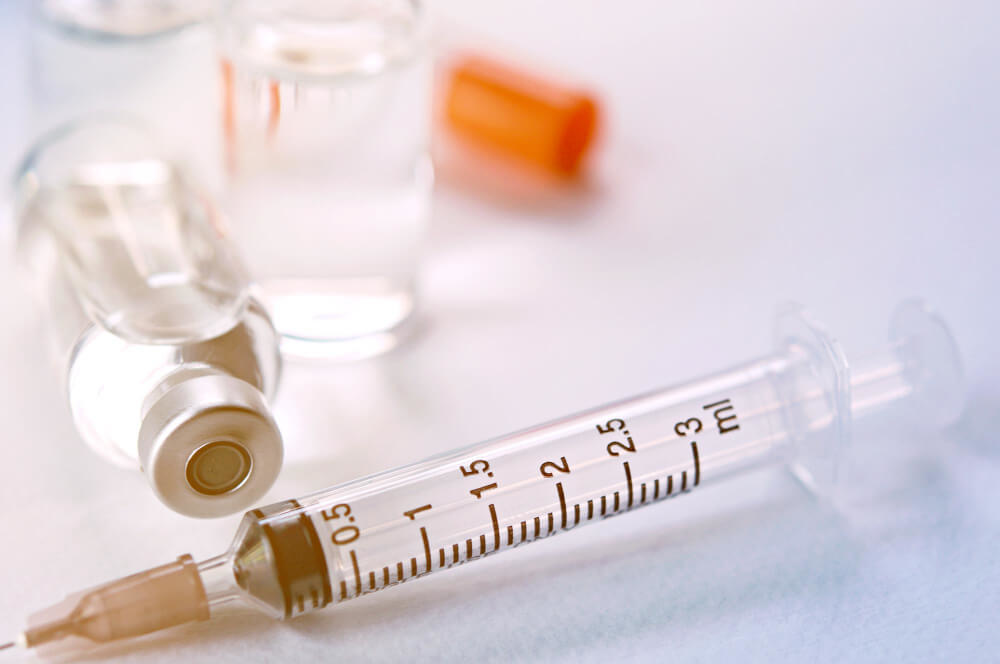
What Are the Common Signs and Symptoms?
The symptoms of andropause can be both physical and psychological, often creeping in so slowly that they are mistaken for simple signs of ‘getting older’. Recognizing these signs is crucial for seeking the right support and making targeted changes. One of the most reported symptoms is a pervasive sense of fatigue and a general loss of energy or ‘zest’ for life.
Physically, you might notice a decrease in muscle mass and strength, a condition known as sarcopenia. This is often accompanied by an increase in body fat, particularly visceral fat around the abdomen, which is a risk factor for cardiovascular disease and metabolic syndrome. Other physical signs include reduced libido, erectile dysfunction, hair loss, and sometimes even hot flashes or sleep disturbances like insomnia or sleep apnea.
On a psychological and cognitive level, andropause can manifest as mood swings, irritability, or even feelings of depression. Many men report experiencing ‘brain fog’, which includes difficulty concentrating, memory lapses, and a general decline in mental sharpness. These symptoms can collectively impact your confidence, relationships, and professional performance, creating a cycle that can be difficult to break without a clear strategy.

Why Does Testosterone Decline with Age?
The primary driver of andropause is the age-related decline in the function of the testes. The Leydig cells within the testes, which are responsible for producing the vast majority of a man’s testosterone, become less numerous and less efficient as a man ages. This means they produce less testosterone in response to hormonal signals from the brain.
This signaling process itself can also become less effective. The system that governs testosterone production is known as the hypothalamic-pituitary-gonadal (HPG) axis. The hypothalamus in the brain releases gonadotropin-releasing hormone (GnRH), which signals the pituitary gland to release luteinizing hormone (LH). LH then travels through the bloodstream to the testes, instructing the Leydig cells to produce testosterone.
With age, the sensitivity of this entire axis can diminish. The hypothalamus might release less GnRH, or the pituitary might become less responsive to it, leading to lower LH secretion. The result is a weaker signal to the testes and, consequently, lower testosterone output. This multi-faceted decline at different points in the hormonal cascade is a natural part of the aging process.

Are Other Factors at Play Besides Age?
While aging is the primary cause, a host of lifestyle and environmental factors can significantly accelerate hormonal decline and worsen the symptoms of andropause. Chronic stress is a major contributor. When you are constantly stressed, your body produces high levels of the hormone cortisol. Cortisol and testosterone have an inverse relationship; high cortisol levels can suppress testosterone production, creating a significant hormonal imbalance.
Diet plays an enormous role. A diet high in processed foods, sugar, and unhealthy fats can lead to chronic inflammation and insulin resistance, both of which are linked to lower testosterone levels. Nutritional deficiencies, particularly in zinc, magnesium, and vitamin D, can also impair hormone production, as these micronutrients are essential building blocks for testosterone.
Lack of quality sleep is another critical factor. The majority of testosterone is produced during deep sleep, specifically during REM cycles. Consistently getting less than seven hours of sleep per night can dramatically reduce a man’s testosterone levels. Furthermore, a sedentary lifestyle not only contributes to weight gain but also fails to provide the stimulus needed for healthy hormone production. The term male menopause captures the wide-ranging impact of these hormonal shifts.
Another important biological factor is the increase in Sex Hormone-Binding Globulin (SHBG) that occurs with age. SHBG is a protein that binds to testosterone in the bloodstream. When testosterone is bound to SHBG, it is not available for your body’s cells to use. As men age, SHBG levels tend to rise, meaning that even if total testosterone levels are only slightly lower, the amount of ‘free’ or usable testosterone can be significantly reduced. This is why a comprehensive blood panel that measures both total and free testosterone is essential for a proper diagnosis of low testosterone and its related symptoms.
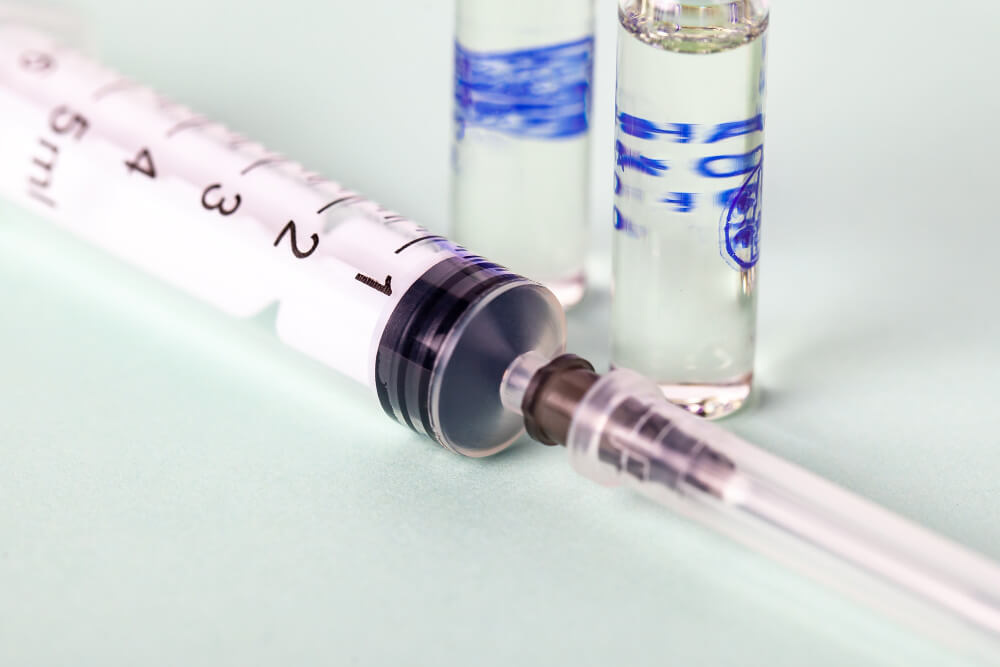
How Can Exercise Combat the Effects of Andropause?
Exercise is arguably the most powerful non-pharmacological tool for combating the effects of andropause. A well-structured fitness regimen can directly address many of the hallmark symptoms, from muscle loss and fat gain to low energy and poor mood. It is a cornerstone of any effective andropause training program, offering benefits that extend far beyond aesthetics.
The right kind of physical activity can naturally boost testosterone levels, improve insulin sensitivity, reduce stress, and promote better sleep. It empowers you to rebuild what time is attempting to take away, fostering a sense of control and accomplishment. The key is to be strategic, focusing on the types of exercise that deliver the most significant hormonal and metabolic benefits for the aging male body.
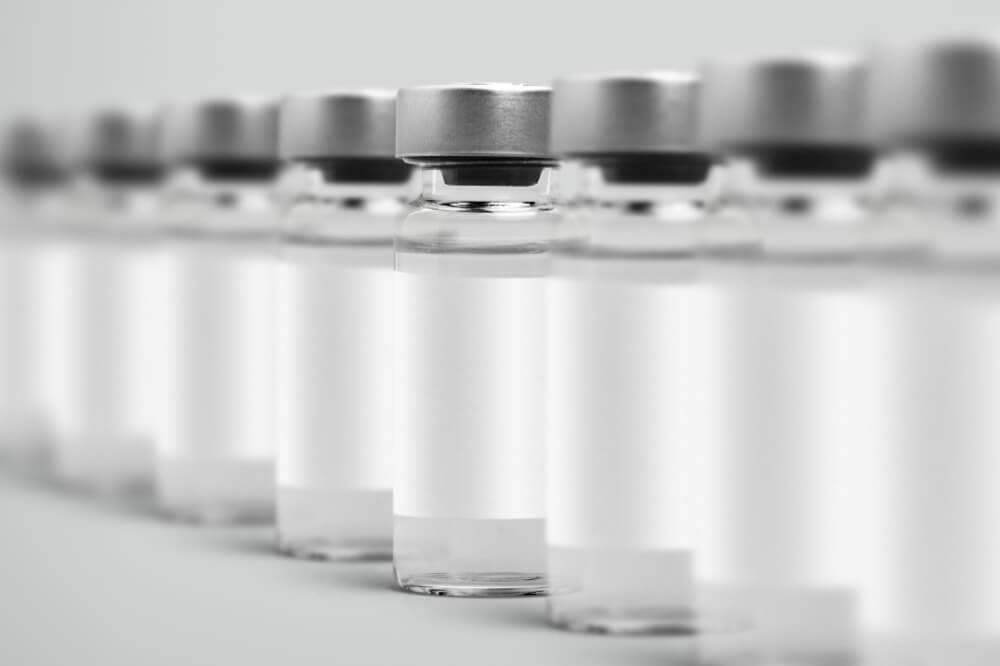
What is the role of resistance training?
Resistance or strength training is non-negotiable for men navigating andropause. Lifting weights creates microscopic tears in your muscle fibers, and as your body repairs these tears, the muscles grow stronger and larger. This process, known as hypertrophy, directly counteracts age-related sarcopenia. More importantly, it sends a powerful signal to your body to produce more anabolic hormones, including testosterone and growth hormone.
Focusing on large, compound movements that engage multiple muscle groups at once is the most efficient approach. Exercises like squats, deadlifts, overhead presses, bench presses, and rows are foundational. These movements recruit a maximum amount of muscle mass, leading to a greater hormonal response compared to isolation exercises like bicep curls. Aiming for progressive overload, where you gradually increase the weight, reps, or sets over time, is essential for continued progress. Finding the best workouts for men over 40 that prioritize these principles can provide a clear and effective roadmap.
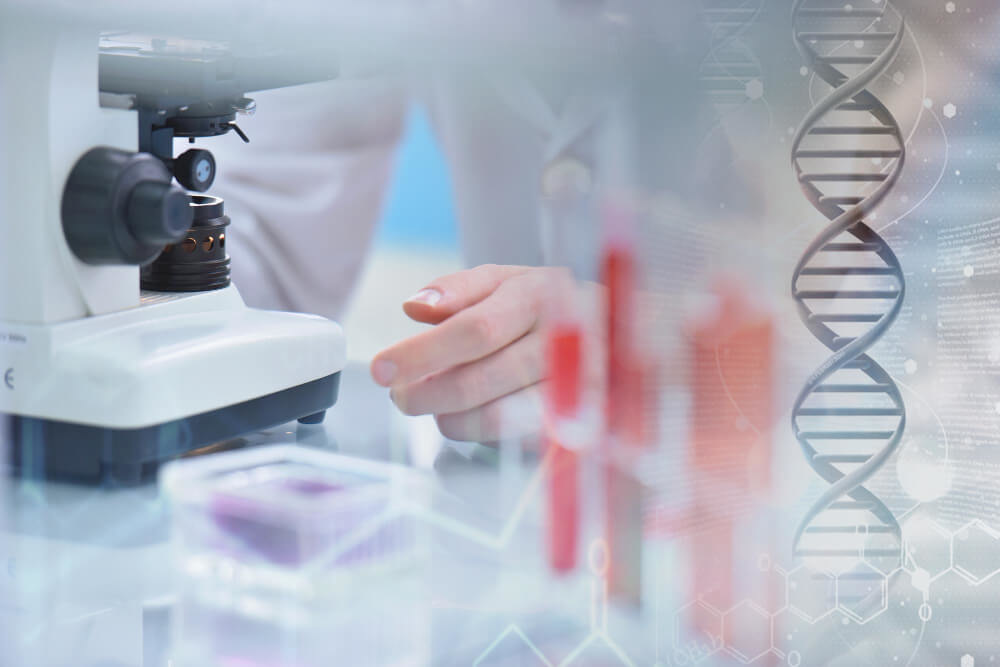
Why is cardiovascular exercise still important?
While resistance training builds the engine, cardiovascular exercise ensures it runs smoothly. Cardio is vital for heart health, which becomes increasingly important as men age. It helps manage blood pressure, improves cholesterol profiles, and reduces the risk of cardiovascular disease, a risk that is heightened by the increase in visceral fat associated with andropause.
However, not all cardio is created equal. While steady-state cardio like jogging has its place, High-Intensity Interval Training (HIIT) can offer superior benefits in less time. HIIT involves short bursts of all-out effort followed by brief recovery periods. This type of training has been shown to be particularly effective at improving insulin sensitivity, burning visceral fat, and even providing a modest boost to testosterone and growth hormone, all without the potential for chronically elevated cortisol that can come from excessively long endurance sessions.

What about flexibility and mobility?
As you focus on getting stronger, do not neglect flexibility and mobility. Years of sitting at a desk and the natural aging process can lead to tight muscles and stiff joints, increasing the risk of injury and limiting your ability to perform daily activities with ease. A comprehensive fitness plan should include dedicated time for stretching, mobility drills, or practices like yoga or tai chi.
Improving your range of motion not only helps prevent injuries in the gym but also enhances your overall quality of life. It makes everything from tying your shoes to playing with your grandchildren easier and more comfortable. Incorporating a balanced routine that includes strength, cardio, and flexibility ensures you are building a body that is not just strong, but also resilient and functional for the long haul. A program that includes the best exercises for men over 50 will always emphasize this well-rounded approach to fitness, ensuring longevity and pain-free movement.

How Does Nutrition Influence Andropause Symptoms?
What you put on your plate has a direct and profound impact on your hormonal health, energy levels, and body composition. Nutrition is a co-pilot with exercise in navigating andropause successfully. A diet designed to support hormone production and combat inflammation can dramatically improve how you feel day to day.
Think of food as information for your body. The right nutrients provide the essential building blocks for hormones, neurotransmitters, and healthy cells. Conversely, a poor diet can disrupt these delicate systems, exacerbating the very symptoms you are trying to fight. Making conscious, strategic food choices is one of the most empowering steps you can take.

What foods should you focus on?
Prioritizing protein is essential. Adequate protein intake is necessary to support muscle repair and growth, counteracting sarcopenia. Aim to include a quality protein source like lean meat, poultry, fish, eggs, or legumes with every meal. Healthy fats are equally critical, as cholesterol is the precursor molecule from which testosterone is synthesized. Sources like avocados, olive oil, nuts, and seeds provide monounsaturated and polyunsaturated fats that support hormone production and reduce inflammation.
Do not fear carbohydrates, but choose them wisely. Opt for complex carbohydrates from sources like sweet potatoes, quinoa, oats, and vegetables. These provide sustained energy without the blood sugar spikes and crashes associated with refined carbs and sugar. Finally, focus on micronutrient-rich foods. Oysters and red meat are high in zinc, leafy greens are packed with magnesium, and fatty fish provides crucial vitamin D, all of which are directly involved in testosterone synthesis and overall hormonal balance.
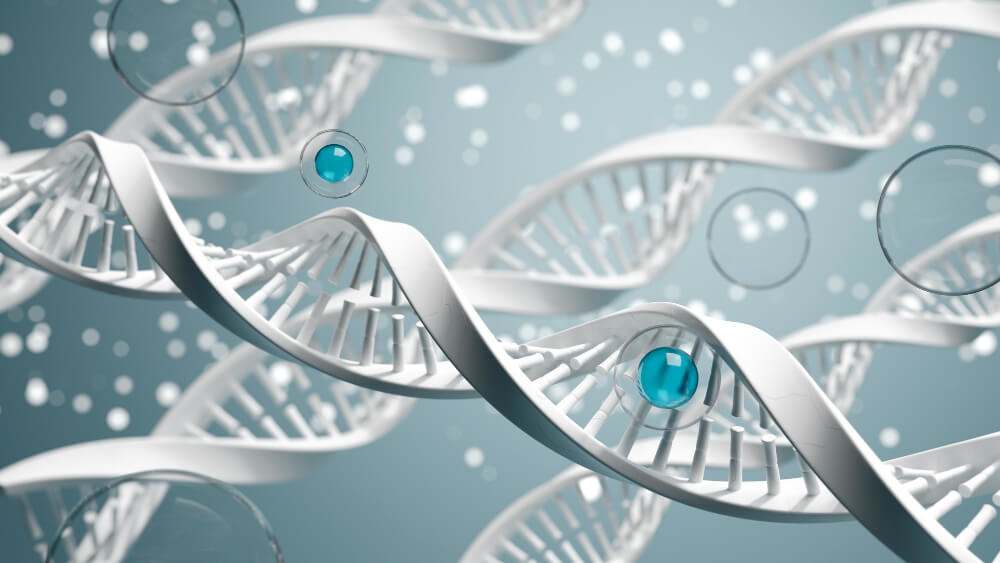
Are there foods to limit or avoid?
Just as important as what you add to your diet is what you remove. Highly processed foods, sugary drinks, and refined carbohydrates can drive inflammation and insulin resistance, both of which are detrimental to testosterone levels. These foods contribute to fat gain, particularly the dangerous visceral fat that further disrupts hormonal function.
Excessive alcohol consumption should also be curtailed. Alcohol can negatively impact liver function, which is crucial for metabolizing hormones. It can also increase the conversion of testosterone to estrogen, disrupt sleep patterns, and add empty calories, all of which work against your goals. By minimizing these items, you create a more favorable internal environment for healthy hormone balance.

What About Stress Management and Sleep?
The most well-designed exercise and nutrition plan can be completely undermined by chronic stress and poor sleep. These two factors are silent hormone disruptors that must be addressed in any comprehensive andropause training protocol. They directly influence the cortisol-testosterone balance and are fundamental to recovery and regeneration.
As mentioned, high cortisol from chronic stress actively suppresses testosterone production. Finding effective ways to manage your stress response is not a luxury; it is a necessity for hormonal health. Similarly, sleep is when your body does most of its hormonal repair and production work. Treating sleep as a critical performance tool is a major mindset shift that pays enormous dividends.
Techniques for stress reduction can be simple. Incorporating a few minutes of deep breathing or meditation into your daily routine can lower cortisol and calm the nervous system. Spending time in nature, engaging in hobbies you enjoy, and maintaining strong social connections are all powerful buffers against the negative effects of stress. The goal is to build resilience so that life’s challenges do not derail your physiological well-being.
For sleep, prioritize creating a consistent routine. Go to bed and wake up around the same time each day, even on weekends. Make your bedroom a sanctuary for sleep: cool, dark, and quiet. Avoid screens for at least an hour before bed, as the blue light can interfere with melatonin production. By making sleep a non-negotiable priority, you give your body the raw materials it needs to optimize your hormones night after night.
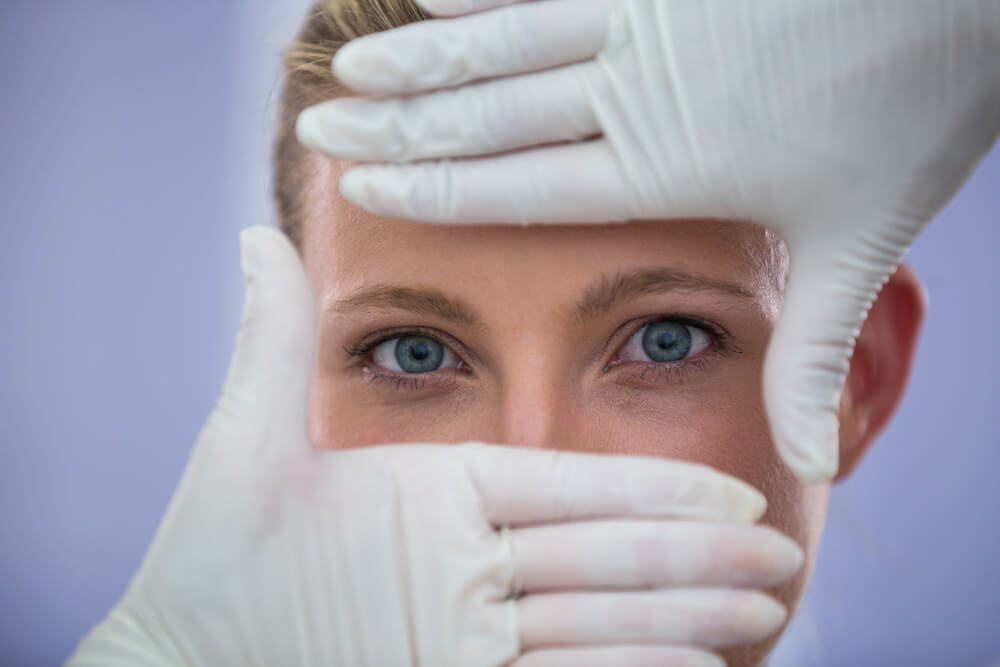
When Should You Consider Professional Help?
While lifestyle interventions are incredibly powerful, there are times when they may not be enough to fully resolve the symptoms of andropause. If you have implemented consistent changes to your diet, exercise, and lifestyle but still struggle with significant symptoms, it is time to seek professional medical guidance. A qualified healthcare practitioner can provide a thorough evaluation and objective data to guide the next steps.
This process should always begin with comprehensive blood work. A simple testosterone test is not enough. A full panel should assess total and free testosterone, SHBG, estradiol, LH, FSH, DHEA-S, and a complete metabolic panel. This data provides a clear, objective picture of your hormonal landscape and can pinpoint the specific nature of the imbalance. This allows for a targeted, personalized approach rather than guesswork.
Based on these results and your symptoms, a practitioner may discuss various treatment options, including Hormone Replacement Therapy (HRT). Modern testosterone replacement therapy (TRT), when administered correctly and monitored by a skilled professional, can be a safe and highly effective way to restore hormone levels to an optimal range, leading to dramatic improvements in energy, libido, body composition, and overall well-being. It is vital that practitioners are educated through comprehensive CME courses on hormone replacement therapy to ensure they are providing the most up-to-date and safest protocols for their patients.
Andropause is a complex transition, but it is not a defeat. It is an opportunity to become more in tune with your body and take deliberate, informed action to steer your health in a positive direction. By combining a foundation of strategic exercise, supportive nutrition, and smart lifestyle habits with professional guidance when needed, you can master this stage of life and continue to operate at your peak potential.
Frequently Asked Questions
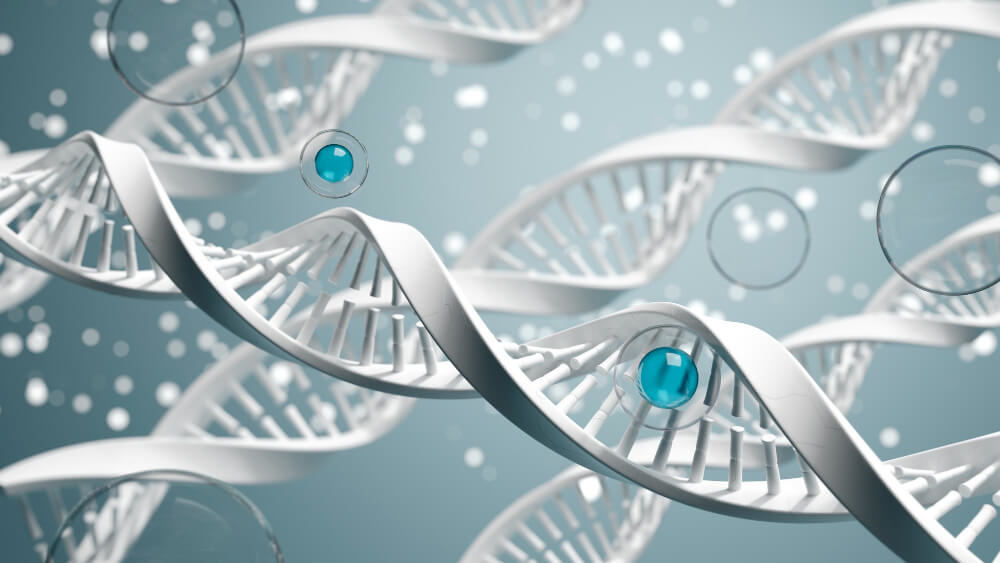
How does this training specifically improve the long-term management of TRT patients beyond initial prescription?
This specialized training equips General Practitioners with the skills necessary for sophisticated, ongoing patient care. You will learn to meticulously monitor and interpret follow-up blood work, making nuanced dosage adjustments based on both lab results and patient-reported outcomes. The curriculum focuses heavily on proactively managing potential side effects, such as changes in hematocrit or cholesterol, ensuring patient safety and treatment efficacy over the long term.
Furthermore, the course emphasizes the importance of effective patient communication and setting realistic expectations for therapy. It provides frameworks for discussing progress, addressing patient concerns, and making collaborative decisions about the treatment plan. This empowers you to confidently guide patients through their entire TRT journey, fostering trust and ensuring adherence for sustainable health improvements.

What are the key diagnostic skills this training emphasizes to differentiate true hypogonadism from other conditions?
The training provides a deep dive into the complex diagnostic process, moving far beyond a single total testosterone reading. You will gain proficiency in ordering and interpreting a comprehensive hormone panel, including free testosterone, SHBG, estradiol, and LH, to get a complete clinical picture. A significant focus is placed on differential diagnosis to distinguish low testosterone symptoms from those caused by other prevalent conditions like depression, sleep apnea, or thyroid dysfunction.
This is accomplished by teaching a systematic approach to clinical evaluation, including how to take a detailed patient history and effectively use validated screening questionnaires. The goal is to build your clinical confidence to accurately identify appropriate candidates for TRT while avoiding misdiagnosis. This ensures that therapy is reserved for patients with genuine clinical and biochemical hypogonadism.
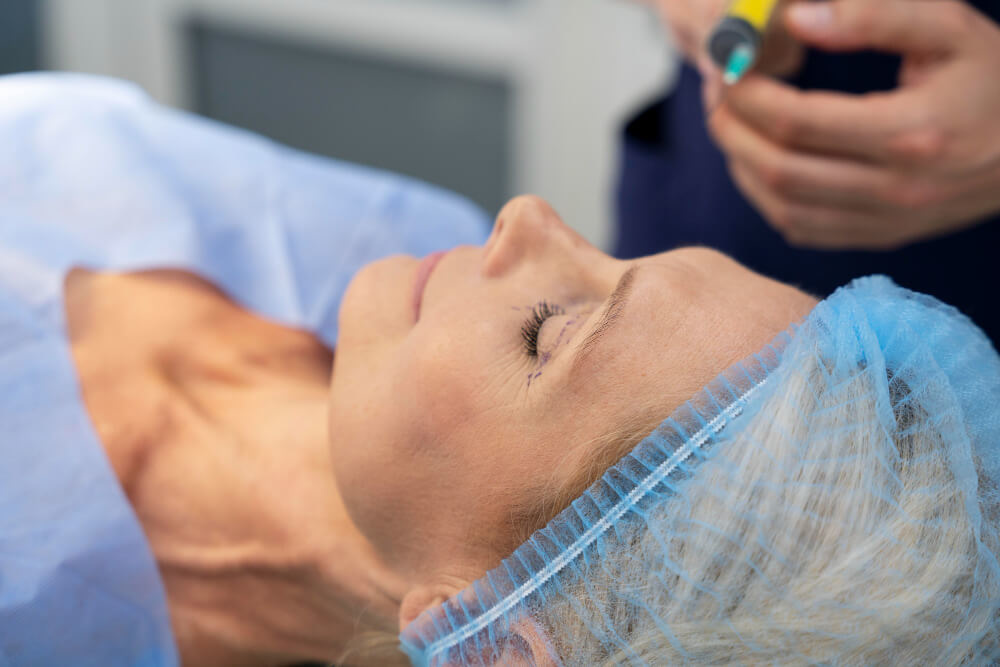
Will this training cover the integration of TRT with other aspects of men’s health, like lifestyle and diet?
Yes, a core component of this training is understanding that Testosterone Replacement Therapy is most effective as part of a holistic health strategy. The program explicitly teaches how to integrate TRT with crucial lifestyle interventions for synergistic results. You will learn to provide evidence-based guidance on nutrition, targeted exercise protocols, and stress management techniques that naturally support hormonal balance and overall well-being.
By adopting this comprehensive approach, you can help patients achieve more profound and lasting outcomes than with medication alone. This training positions you to act as a central hub for your male patients’ health, addressing the root causes of their symptoms rather than just the hormonal deficiency. This enhances patient outcomes and strengthens the doctor-patient relationship by providing truly comprehensive care.
Ready to take the next step in mastering health optimization for yourself or your patients? Discover the most comprehensive functional medicine training, longevity training, and biohacking certification programs designed specifically for healthcare professionals, medics, and clinic owners who want to master regenerative medicine protocols and anti-aging therapies. Explore the future of proactive health with Talking Longevity.


